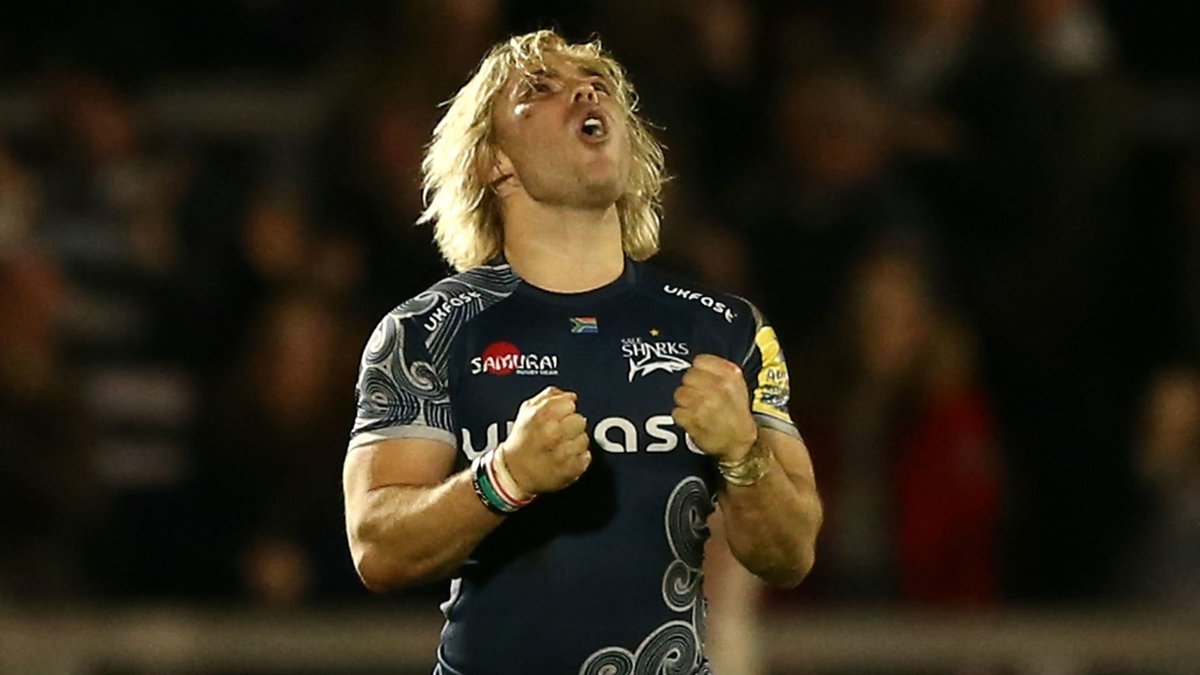South Africa to take war to overseas clubs in bid to halt Springbok player exodus

Dozens of home-based players will be taken into Springbok succession planning next year as part of a radical new contracting strategy announced by SA Rugby on Saturday.
Players will be ranked by position – with next generation talent also brought into a significantly widened pool – and those who are plying their trade in South Africa will receive top-up payments from their provinces – funded by SA Rugby.
Going hand-in-hand with the policy is the intention to formally scrap the 30-cap rule for overseas-based players. The regulation was put in place at the start of the 2017 season and stipulates that only players with 30 or more Springbok caps would be eligible for national selection if they were playing for an overseas-based team.
And SA Rugby has written to the leading foreign clubs and leagues (as well as advising other nations) that it will strictly enforce the requirements of World Rugby’s Regulation 9, which prescribes when and how frequently club players must be released for international duty.
Continue reading below…
“We have been agonising over how to keep players in the country since the game went professional more than 20 years ago and the bottom line is that the rand is too weak and the economy of South African rugby too small to compete,” said Rassie Erasmus, Director of Rugby at SA Rugby.
“A South African player can earn more from a two-month contract in Japan than he can if he were to win the World Cup with the Springboks this year. That’s the reality we have to face up to.

“In recent years we have focused on trying to retain a small number of high profile players. But it has been a small group and many of those players end up leaving anyway. Last season those contracted players only appeared for 38 percent of their available time.
“Once we have done our work, the new strategy could see as many as 75 players in Springbok succession planning and being financially rewarded for it.
“We had to disrupt the model.”
Erasmus explained the new strategy also involved direct communication with the overseas contracting clubs.
“We have told the overseas clubs that we will be enforcing Regulation 9 and will be requiring our players for up to 14 weeks of the year. If the clubs don’t like that then they have the option of not signing the player.”
However, he said the greatest advantage of the new system was more effective succession planning.

“The only solution that would keep everyone happy would be if we had enough money to pay the players we wanted to keep as much as they wanted to receive – but that’s not the world we live in,” he said.
“We’ve got to deal with the practical realities and stay focused on our objective, which is to field the best available 23 players who really want to play for the Springboks and who are prepared to make sacrifices whether they are playing here or overseas.
“We only have a limited budget to do that, but we have many players who have the potential to become Springboks. This way, we can give them that message in a practical way.
“They will know that there is a future for them with the Springboks and that they can move up the succession ladder if their play merits it.”
Erasmus said the new model would spread the risk inherent in the old model, which saw contracts awarded to a small number of players. “This way we incentivise and encourage a broader group, subsidize the franchises by giving a larger number of players additional income and put in place proper succession planning,” he said.
Erasmus said the plan had been explained to the main employers of elite players – the franchise CEOs – as well as the players’ union, MyPlayers.
He explained that the rankings would be reviewed on an annual basis while mechanisms would be put in place to make in-season adjustments in exceptional circumstances.



















































